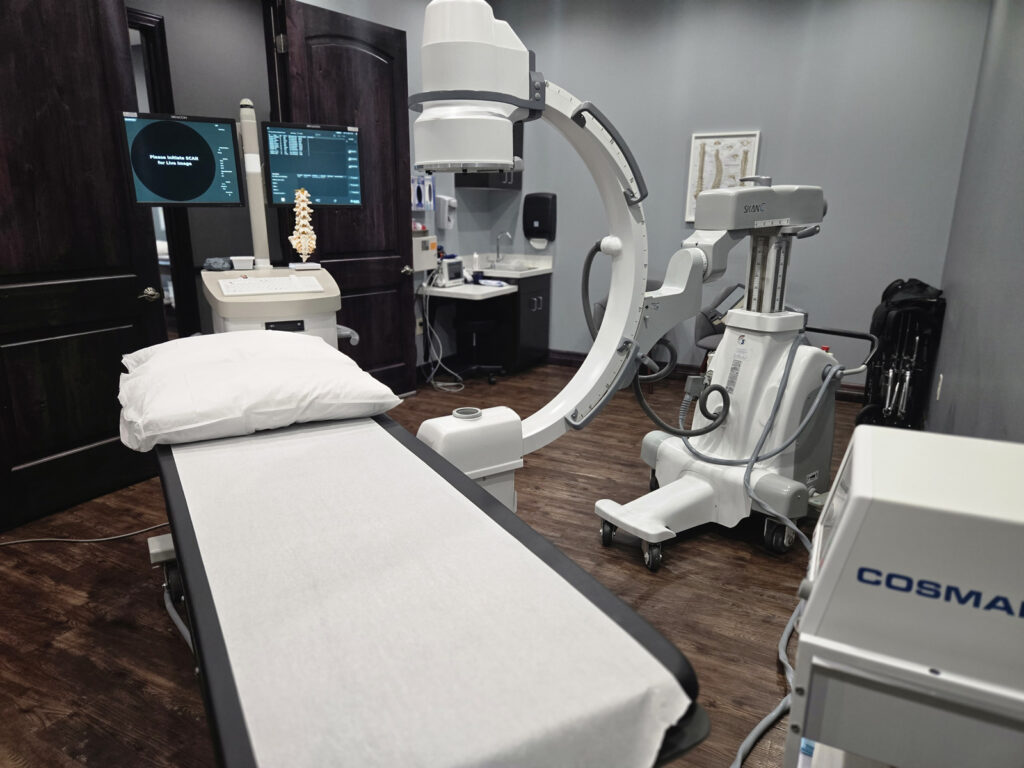Plasma Rich Protein
Plasma-Rich Protein (PRP) Injections
Harnessing Your Body's Healing Power
Chronic joint pain and slow-healing injuries don’t always respond well to medications or traditional treatments. Plasma Rich Protein, also called, Platelet-Rich Plasma (PRP) therapy uses a small sample of your own blood to promote healing naturally. At Williamson Pain Institute, we use PRP injections to stimulate repair in damaged tissue, reduce inflammation, and help patients return to an active lifestyle.
What PRP?
PRP stands for Platelet-Rich Plasma, a concentration of platelets taken from your own blood. Platelets contain growth factors and proteins that help repair injuries, reduce inflammation, and speed recovery. By concentrating these platelets and injecting them into the injured area, PRP provides a boost to your body’s natural healing response.
PRP is commonly used for:
- Arthritis of the knee, hip, and shoulder
- Tendon injuries such as tennis elbow or Achilles tendonitis
- Ligament injuries and sprains
- Muscle strains
- Chronic joint pain not responding to other treatments

How PRP Pain Develops
Good To Know
- All-natural treatment – PRP is made from your own blood, so there’s no risk of rejection or allergic reaction.
- Quick and convenient – The entire process usually takes less than an hour in the office.
- Gradual improvement – Some patients notice relief in a few weeks, with continued healing for months.
- May reduce surgery needs – PRP can help patients delay or avoid joint replacement or other invasive procedures.
- Growing evidence – PRP is widely studied and increasingly recommended in sports medicine and orthopedics.
How The Procedure Works
1) Blood Draw
A small sample of your blood is collected, similar to a routine lab test.2) Processing
The blood is spun in a centrifuge to separate platelets from other components, creating a concentrated PRP solution.3) Targeted Injection
Using image guidance, PRP is injected precisely into the affected joint, tendon, or ligament. The entire process usually takes less than an hour, and you go home the same day.Benefits of PRP Injections
- Uses your own natural healing cells (no risk of rejection)
- Reduces inflammation and pain
- Promotes tissue repair and regeneration
- Can improve mobility and function
- Minimally invasive, in-office procedure
- May help delay or avoid surgery
Risks & Safety
Next Steps
If you’re dealing with joint pain, tendon injury, or arthritis that hasn’t improved with other treatments, PRP injections may be an excellent option. At Williamson Pain Institute, our team will evaluate your condition and guide you through a personalized care plan.
Call Williamson Pain Institute today to schedule a consultation and learn if PRP therapy is right for you.
Insurance accepted. Currently, most insurance plans do not cover PRP because it is considered “regenerative.” However, we will provide cost information and flexible options before treatment.

Your Questions Answered
No. PRP uses platelets from your own blood, while stem cell therapy uses specialized regenerative cells. Both are considered “regenerative medicine,” but PRP is simpler, proven, and widely available.
Results vary, but many patients experience lasting relief for 6–12 months. Some choose maintenance injections once or twice a year.
Yes. PRP is often used alongside physical therapy, bracing, or other non-surgical treatments for the best outcomes.
Currently, most insurance plans do not cover PRP because it is considered “regenerative.” However, we will provide cost information and flexible options before treatment.
We usually recommend avoiding strenuous activity for a few days. Light movement is encouraged, and many patients return to normal routines quickly.
Steroid injections reduce inflammation but don’t heal tissue. PRP not only reduces inflammation but also stimulates natural tissue repair for longer-term benefits.
